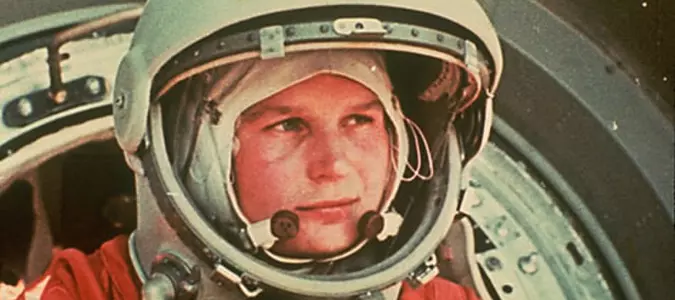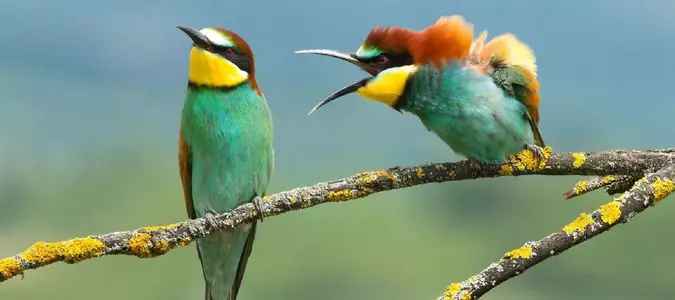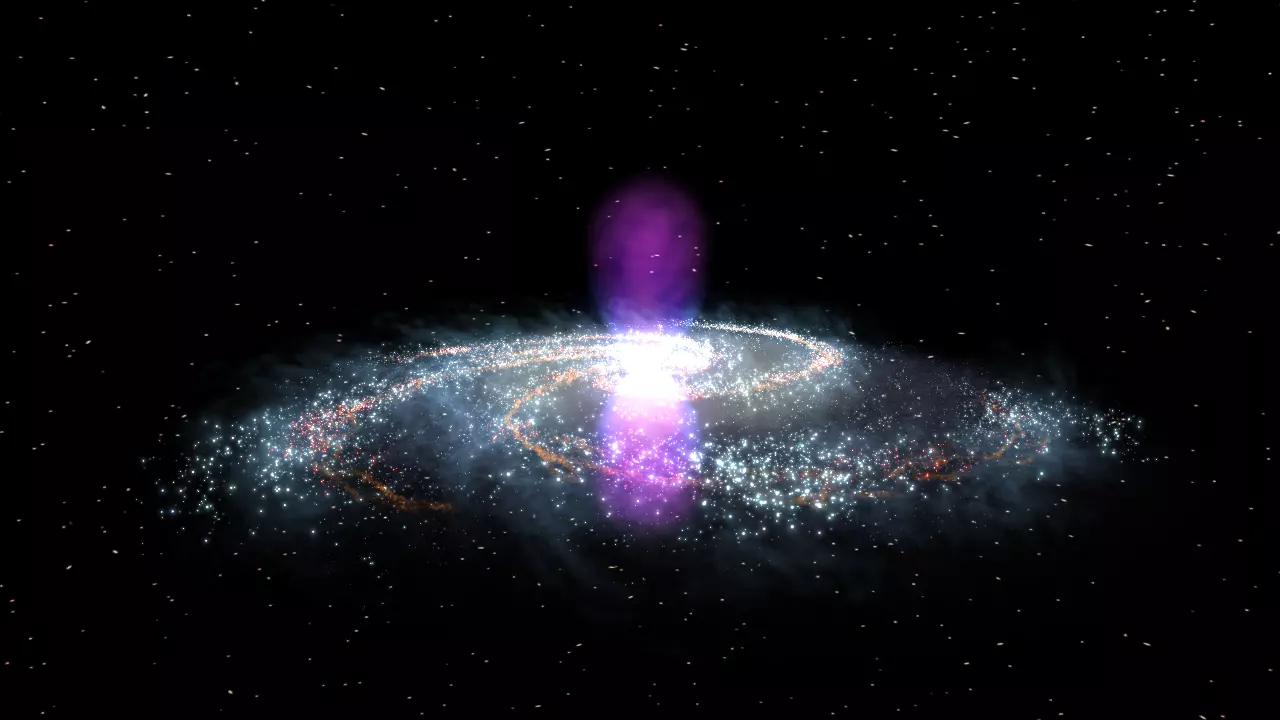

10 Galactic Marvels in the Milky Way
The Milky Way Galaxy, a mesmerizing spiral of stars, dust, and cosmic mysteries, spans an awe-inspiring 100,000 light-years across. Home to our Solar System, it's a part of the vast universe that continues to fascinate astronomers and space enthusiasts alike.
Dive into these ten captivating facts about our galaxy.

Ancient Light, Modern Eyes
The light we see from distant stars in the Milky Way has traveled for thousands, even millions of years before reaching us. It's like a galactic time machine, showing us a glimpse of the universe's past in real-time.
"This dazzling infrared image from NASA Spitzer Space Telescope shows hundreds of thousands of stars crowded into the swirling core of our spiral Milky Way galaxy." — NASA
Photography: NASA/JPL-Caltech

Star-Studded Home
Our galaxy is teeming with stars - about 250 billion to 400 billion, to be precise. Each star, potentially hosting planets, tells a unique story of cosmic evolution and the potential for life beyond Earth.
"NASA’s Hubble Space Telescope captured two festive-looking nebulas, situated so as to appear as one. They reside in the Small Magellanic Cloud, a dwarf galaxy that is a satellite of our Milky Way galaxy" — NASA
Photography: NASA Goddard
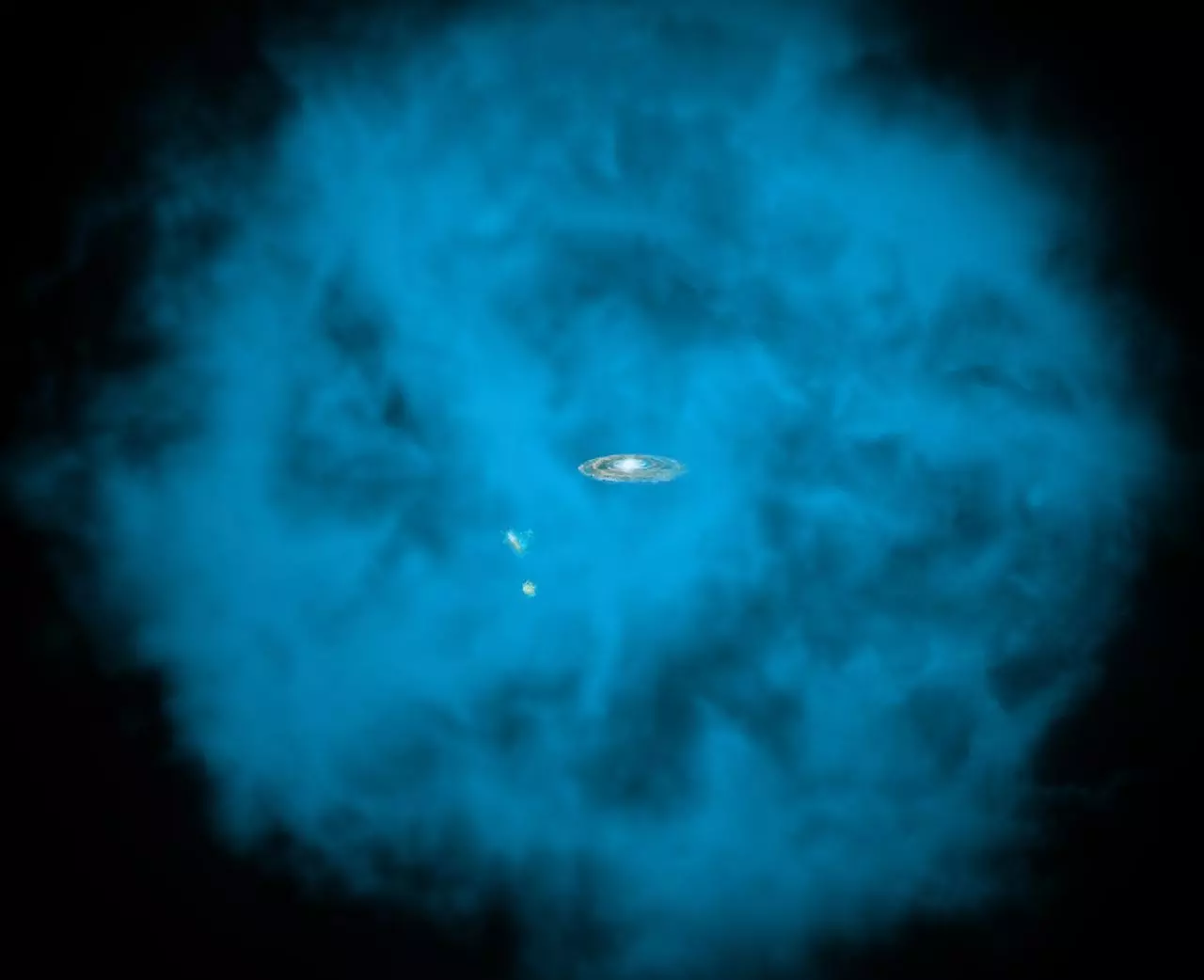
The Galactic Bulge
At the heart of the Milky Way lies a dense, star-packed region known as the galactic bulge. This area is fascinating for its complex structure and the supermassive black hole, Sagittarius A*, lurking at its center.
"University of Michigan astronomers discovered that this massive hot halo spins in the same direction as the Milky Way disk and at a comparable speed." — NASA
Photography: NASA Goddard

A Cosmic Dance
The Milky Way isn't static; it's constantly in motion, rotating and moving through space. This grand dance of stars and systems is orchestrated by gravity, the universal force that keeps the galaxy's spiral shape.
"Using data from NASA's Fermi Gamma-ray Space Telescope, scientists have recently discovered a gigantic, mysterious structure in our galaxy. This never-before-seen feature looks like a pair of bubbles extending above and below our galaxy's center." — NASA
Photography: NASA Goddard
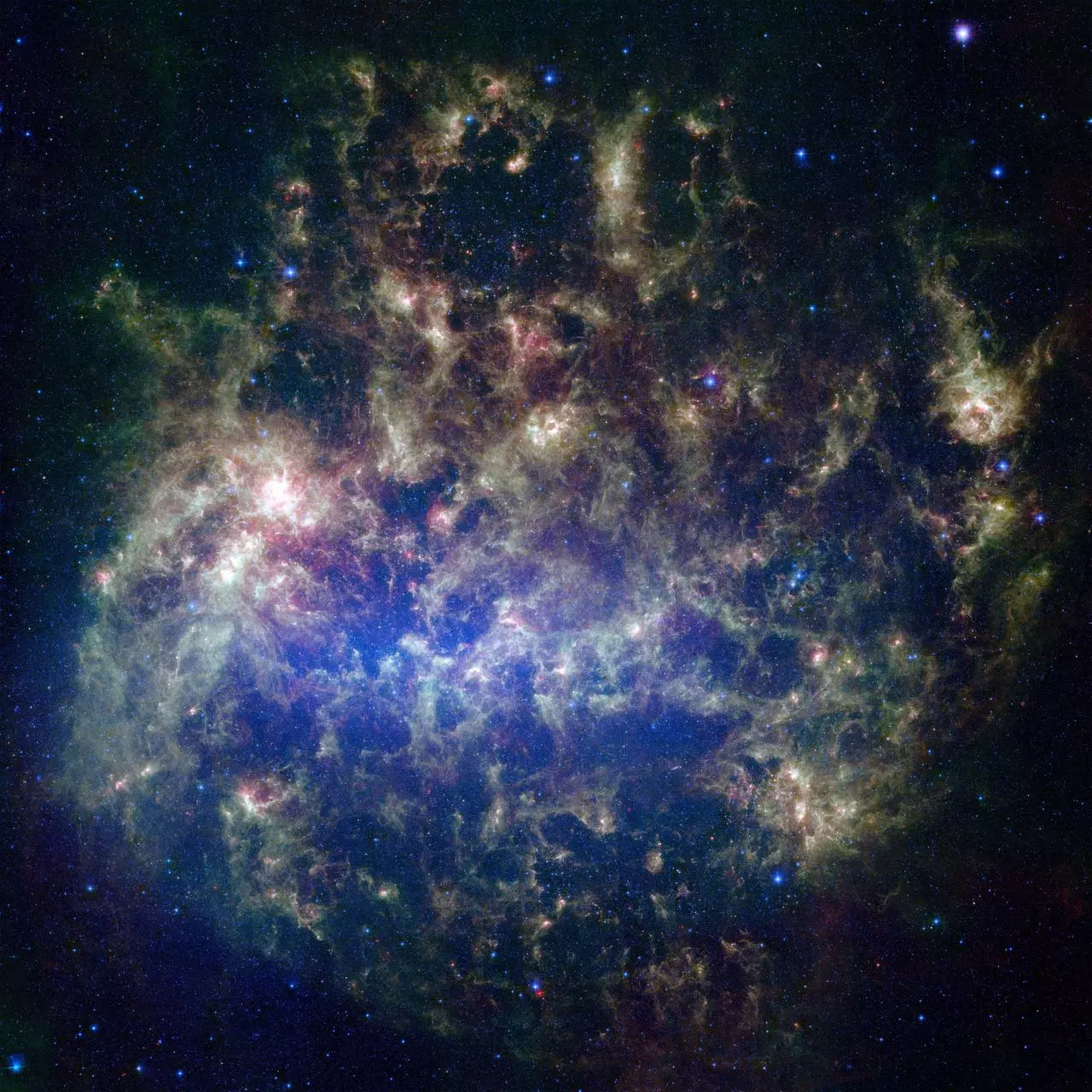
The Great Spiral Arms
Our galaxy features several prominent spiral arms, vast regions of higher star density. These arms, like the Orion Arm where our Solar System resides, are hotbeds for star formation and galactic phenomena.
"This vibrant image from NASA's Spitzer Space Telescope shows the Large Magellanic Cloud, a satellite galaxy to our own Milky Way galaxy." — NASA
Photography: NASA/JPL-Caltech/STScI
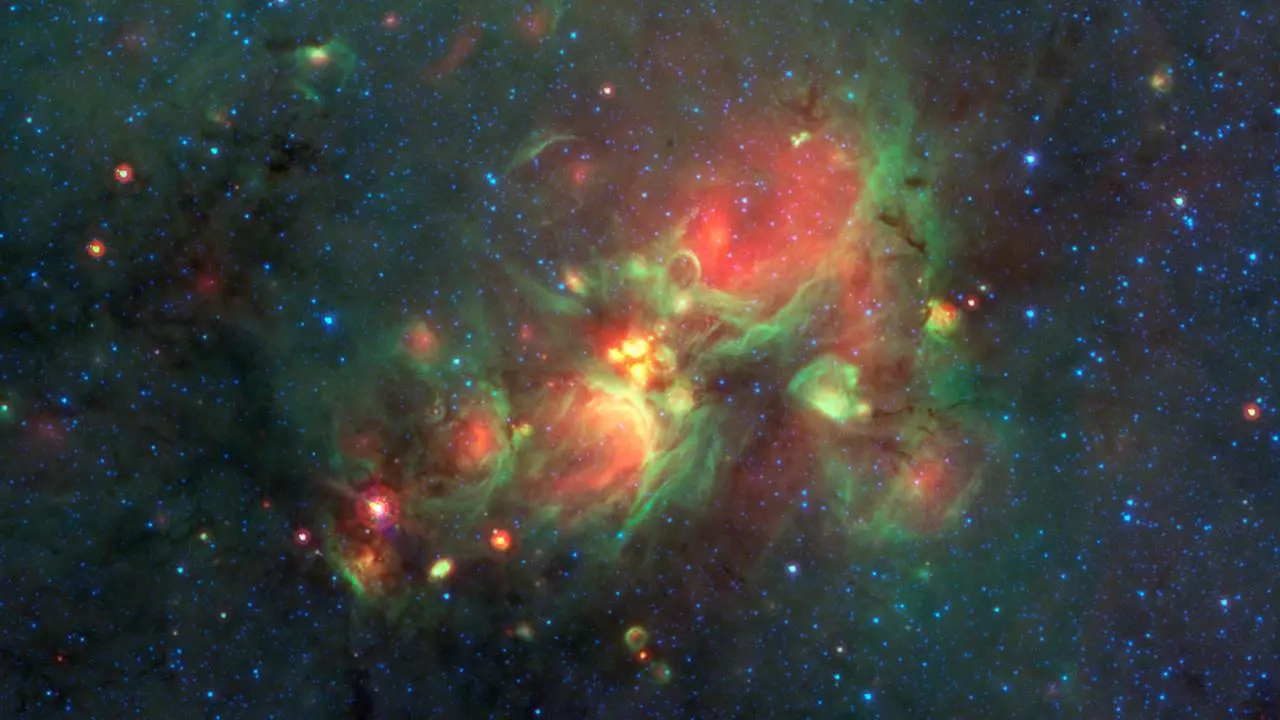
The Milky Way's Twins
Our galaxy has several smaller companion galaxies, like the Magellanic Clouds. These satellite galaxies orbit the Milky Way and add to the complexity of our galactic neighborhood.
A History Written in Stars: By studying the age and composition of stars in the Milky Way, astronomers can trace the galaxy's history. This cosmic archaeology reveals how the galaxy has evolved over billions of years.
"Yellow balls — which are several hundred to thousands times the size of our solar system -- are pictured here in the center of this image taken by NASA Spitzer Space Telescope." — NASA
Photography: NASA/JPL-Caltech

A Future Collision
In about 4 billion years, the Milky Way is predicted to collide with the Andromeda Galaxy. This monumental event will reshape the structure of both galaxies but is unlikely to disrupt individual stars and planets.
"This image from NASA's Spitzer Space Telescope shows the spiral galaxy NGC 2841, located about 46 million light-years from Earth in the constellation Ursa Major." — NASA
Photography: NASA/JPL-Caltech
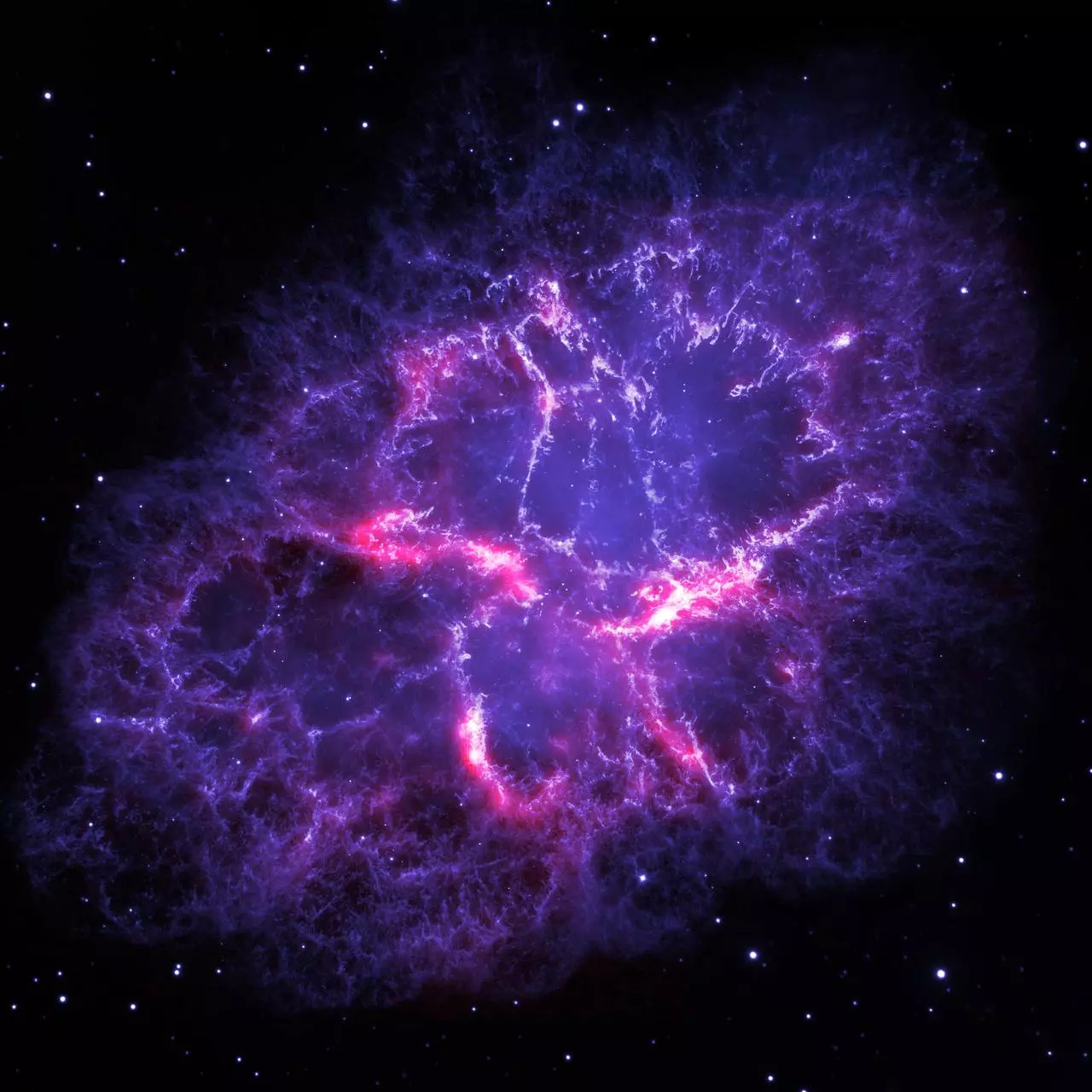
The Search for Exoplanets
The Milky Way is a fertile ground for exoplanet hunting. The discovery of planets beyond our Solar System within the galaxy enhances our understanding of the potential for life elsewhere in the universe.
"This image shows a composite view of the Crab nebula, an iconic supernova remnant in our Milky Way galaxy, as viewed by the Herschel Space Observatory and the Hubble Space Telescope." — NASA
Photography: ESA/Herschel/PACS/MESS Key Programme Supernova Remnant Team; NASA, ESA and Allison Loll/Jeff Hester Arizona State University




